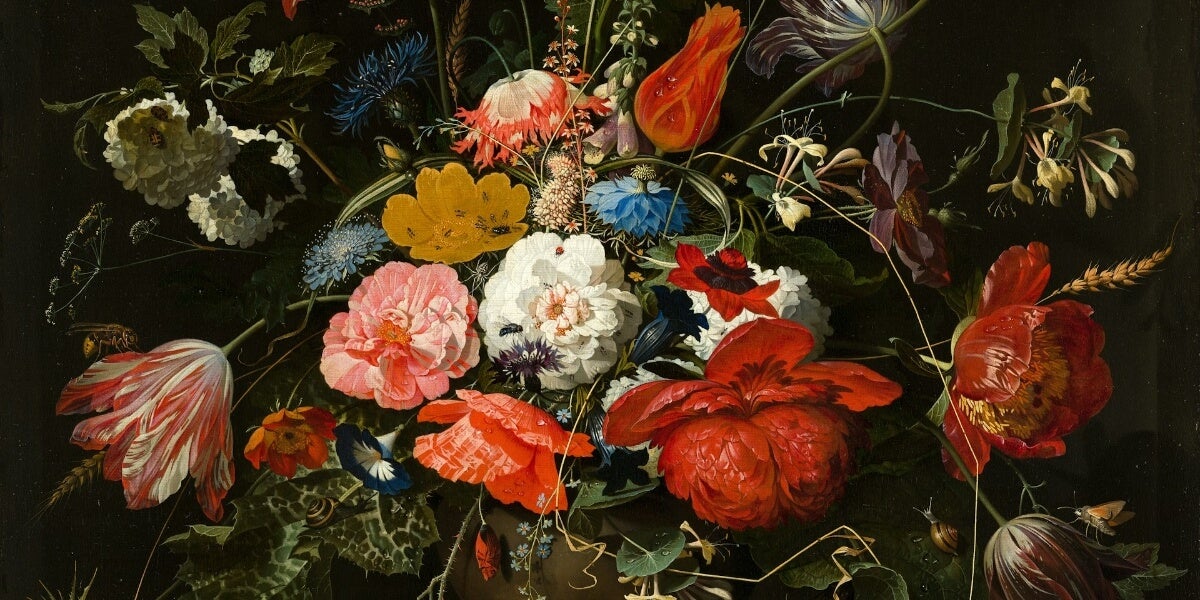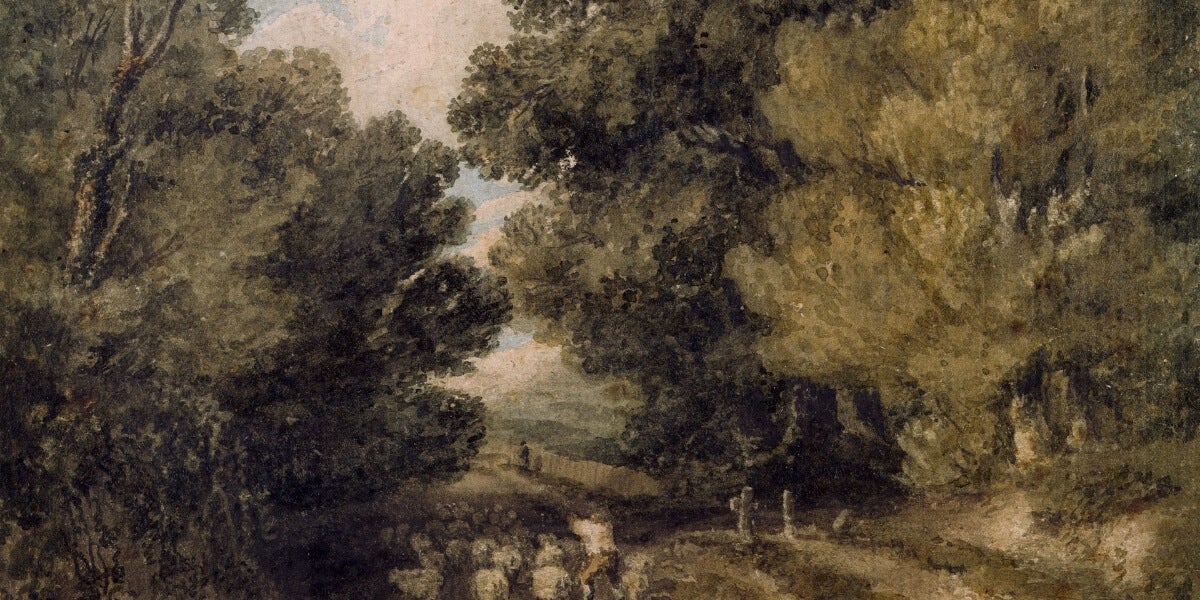Martin Banks 11.13.24

Sustainability is crucial, and many artists look to nature not only for inspiration, but also as a resource for their art materials. Sourcing art materials from the natural world deepens one’s connection with the creative process and encourages an eco-friendly approach to art.
Get Started With Ethical Harvesting
Before collecting anything from nature, you must be aware of local laws and guidelines on foraging. Many parks and reserves have rules about collecting natural materials, so take some time to research and ensure you don’t disrupt the ecosystem.
In conservation areas especially, it’s crucial to take only what you need. When gathering stones, plants or other natural items, aim to leave the more delicate areas undisturbed. Remember to leave any areas you visit as you find them, ensuring not to litter or disturb the natural environment. You can also consider the season when planning to collect materials. For example, gathering fallen leaves in autumn or naturally shed bark in spring can minimize your environmental impact.
Texture Art Materials
Incorporating textures into your art is fun and effective. Sand, stones and clay add an organic texture when mixed with paint or used as a base. For example, you might use fine sand or crushed stones to bring a gritty texture to your work.
Similarly, thin layers of bark can make stunning, textured backgrounds, while driftwood or sticks can be unique, natural canvas bases. Pressed leaves and flowers can add color and texture to mixed-media pieces. You can collect and press leaves that have fallen naturally, which brings seasonal colors and shapes to your art without harming nature.


Create Natural Colors
One of the most exciting parts of working with nature is experimenting with natural pigments. For instance, you can find earth pigments in various soils and clays. By gathering stones, rocks or soil of different colors, you can crush and grind these materials to make beautiful, earthy tones.
For example, the artistic duo, Chalk Plaster, created a striking scagliola pedestal table featuring a swirling mix of light and dark tones. The unique pigments come from two centuries’ worth of Edinburgh soot collected from the historic dome of General Register House. The lighter tone was sourced from the lime plasterwork applied to the dome in 1785.
Plant-based dyes also offer a range of hues. Turmeric can produce a vibrant yellow, beetroot a soft pink or red and spinach leaves a lush green. To make plant dyes, steep the plant in hot water to extract the color and add a natural stabilizing agent to preserve the pigment for future use.
Create Tools From Nature
Go a step further and create your own tools from natural materials to open up unique possibilities in your art. You can craft brushes from sticks, pine needles, feathers or grasses to create different stroke textures and effects. You can use sharpened sticks, seashells and small stones as styluses or carving tools for clay or soft surfaces.
If you’re in a location where it’s safe to do so, you can make your own charcoal by partially burning dry sticks or branches. Homemade charcoal offers a deep, rich black pigment perfect for drawing and shading.
Experiment With Organic Binders and Mediums
Working with natural binders can change the texture and feel of your pigments in unique ways. One of the oldest methods is using egg yolk to create egg tempera, a smooth, creamy paint artists have favored for centuries. Be mindful, though, as this medium is perishable and requires careful storage.
Honey and wax are other organic options, lending a smooth, glossy quality to pigments. Beeswax, in particular, is ideal for encaustic art, as it’s melted and mixed with pigment to create vibrant, layered pieces. For oil-based paintings, you can combine linseed oil, walnut oil or even olive oil with natural pigments. However, note that these oils require longer drying times.
Build and Prepare Natural Canvases
If you’re looking for an alternative to conventional canvases, natural materials offer several possibilities. For instance, wood panels make durable bases for painting or carving. Sand the surface well and seal it to create a smooth foundation. Be mindful when choosing wood, as humidity and moisture levels can cause it to warp or crack over time.
For a more experimental approach, create handmade paper from plant fibers like bark or leaves. This paper brings its own unique textures to your artwork. Painted stones make durable, portable pieces and work well for small paintings or mandalas.
Preserve Your Art Naturally
As you work with natural materials, consider using natural fixatives to protect your finished pieces. Simple fixatives made from ingredients like gum arabic or milk protein casein help bind pigments to surfaces, keeping your work intact over time. Beeswax and plant-based resins also serve as excellent preservatives for art on wood or stone, creating a water-resistant layer that prevents aging and deterioration.
Embrace Nature in Your Art
Working with natural art materials is a slower, more intentional artistic process, but it allows for a deeper connection with the creative journey. Whether you paint with earth pigments, craft textures from raw elements or draw inspiration from organic patterns, nature’s resources offer endless creative possibilities.


